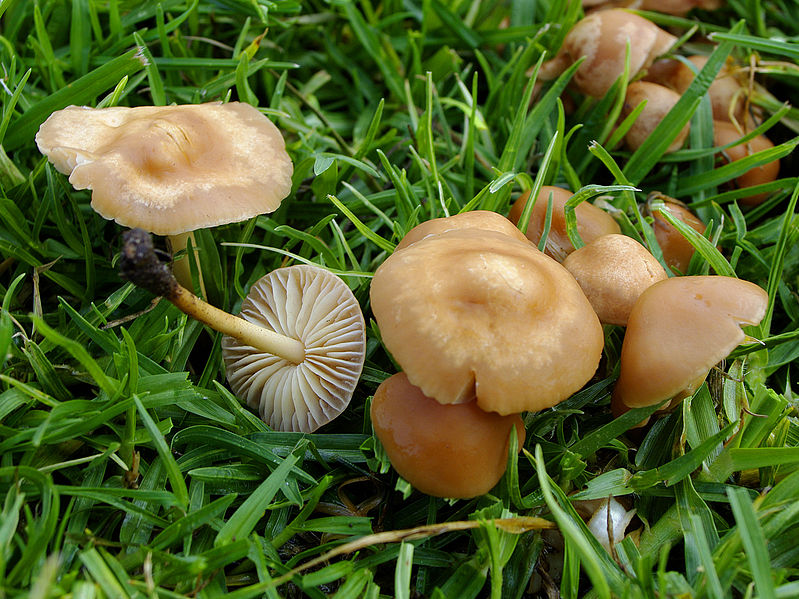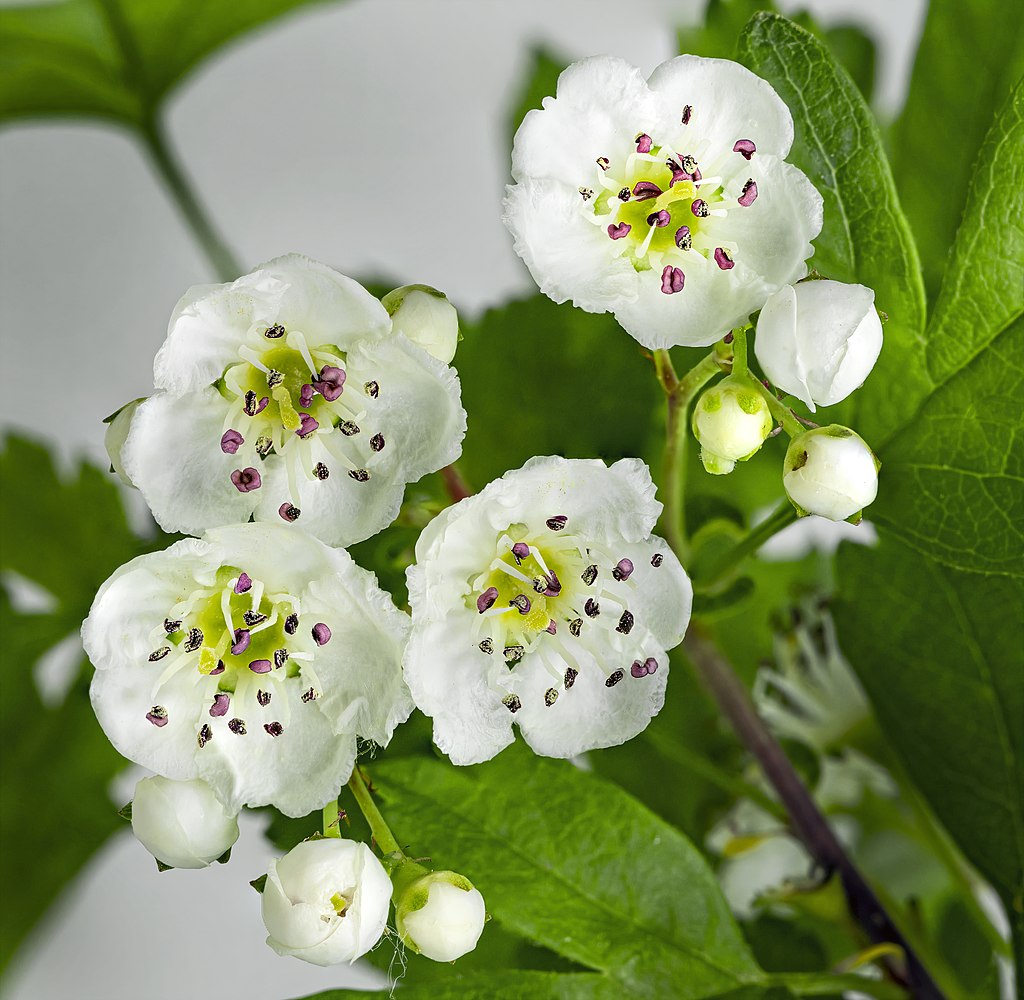Wild Edible Of The Week - Week 10 - "Dandelion"
Botanical name : Taraxacum officinale
Common names : Dandelion, Dents de lion, Pis en lit,

Physical appearance : A hairy perennial with roughly toothed leaves which grow from the base of the plant. The plant features hollow stems and grows to between 5 - 40cm in height. Its flowers are large and golden yellow in colour, They are made up of many fine petals. The word dandelion actually comes from the French "dents de lion" which literally translated means "teeth of the lion", a reference to the shape of the leaves. Once the flower has matured, it transforms into a white fluff ball, made of individual seeds, which pollinate via the wind.
Edible parts : The plant is edible in its entirety, including its roots.
Best places to find : Very widespread throughout England and Europe. Can be found most commonly on open, grassy land, fields and meadows.
Time of year : The leaves can be harvested all year around (if you can find them) although arguably, younger leaves are more tender. The flowers are best eaten when full and plump. The roots provide the best eating during early to mid autumn.
Serving suggestions : The leaves and flowers can be used in salads and sandwiches. The leaves can be prepared as you would spinach leaves.
The roots provide good energy in the from of carbohydrate. Try to remove the roots from the ground, whole and intact. Rather than trying to peel them, scrub them with an abrasive pad, the protective layer will come away easily. Best boiled or sauted.
Other uses : The roots can be made into "dandelion coffee" for a refreshing drink. Simply sun dry the roots thoroughly until crisp, grind them up fairly roughly and prepare as you would normal coffee grounds.
Dandelion is also a key ingredient in root beer, dandelion and burdock cordial and dandelion wine.
Dandelion is a good source of vitamins; A, C and K. It also contains calcium, potassium, iron and manganese. It contains several pharmacologically copounds which traditionally have been used to treat infections as well as bile and liver problems. Dandelion leaves are diuretic, hence the alternative French name for dandelion "pis en lit", literally "pee the bed".

NB - Please be sure you know what you are picking. Many plants look similar to one another and many can be poisonous! Please seek professional instruction if you are unsure! Don't risk your life!!!
By Greg Hume - Own work, CC BY-SA 3.0, https://commons.wikimedia.org/w/index.php?curid=17890537


